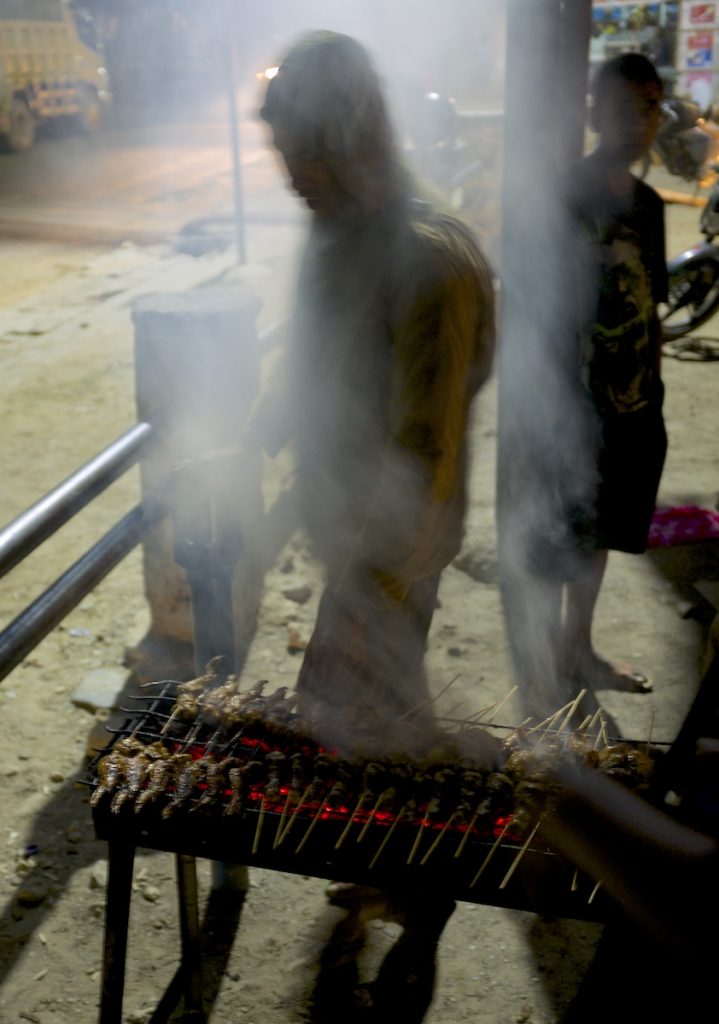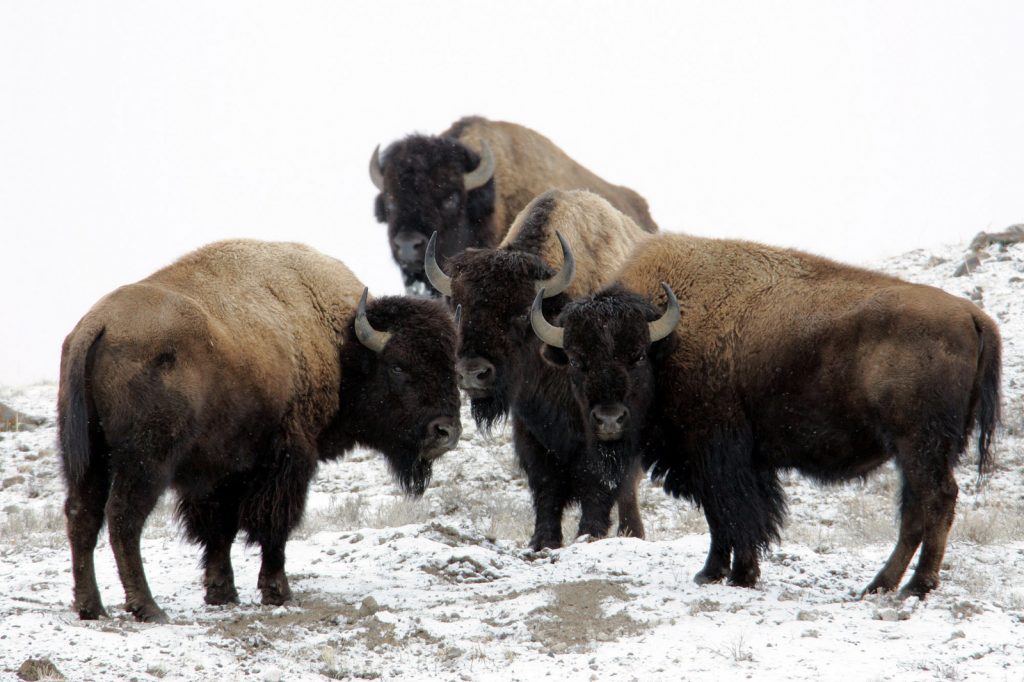Meat Culture
You might have heard: The Obama administration released its new Dietary Guidelines for Americans in January to an outcry. While the new rules tell us to limit our sugars, they do not directly advise less meat consumption (as originally proposed by the federal Dietary Guidelines Advisory Committee). Health and environmental activists are accusing the government of caving to the meat industry—allowing politics to interfere with American health.
But that’s American culture: industry, politics, and health, deeply intertwined. As human beings, our diets are cultural, and so is nutrition. Healthy advice for one society might not work in another.
This announcement about the new dietary guidelines came just as I was reviewing notes and stories from a reporting trip to East Timor last fall, which lent an entirely different perspective on health, diet, and meat.
On one hot, dry weekend in late October, I traveled to a little mountain community called Baguia. [1] [1] Reporting from East Timor was made possible by a fellowship through the International Reporting Project. It’s extremely remote—hours by horrendous rocky road from the nearest city. The people are poor, they often lack water, and at times during the long dry season they run out of food. (Due to El Niño, the conditions have been even worse this monsoon season, which began in fall 2015.) This is in a country of rampant malnutrition, where half of all kids are stunted. Meat is not a dining routine. It is, however, most certainly a political issue in a very different way from the politics I see at home in the United States. In East Timor—as in many least developed countries—government and NGO workers attest that lack of protein is a major factor in stunting and malnutrition. Health experts urge greater protein consumption and increases in the national budget for combating malnutrition.
During my stay in Baguia, I was invited to speak with local grade-school students about my life, country, and culture. We tackled the subject of food. The kids told me they eat a lot of rice, carrots, sweet potatoes, cassava, and taro—common tropical foods rich in carbohydrates.
“Do you eat meat every day?” I asked.
“No!” the kids shouted, and their teacher elaborated: A few times each year their communities have traditional cultural ceremonies that serve large quantities of meat. But it’s not a common part of the diet—although some children live in an orphanage, where they are fed meat two or three times a week.
Later that day, I went to one of those meat-laden ceremonies full of dancing, singing, and mountaintop prayers. Dozens of families gathered for a traditional ritual honoring deceased relatives and the obligations family members have to each other in the relatives’ absence. Guests were first served soda and cake, then invited to a long table filled with heaps of flesh and entrails from pigs, buffalo, and goats. The meats were donated—along with hand-woven cloth, money, and swords—to designated elders as part of a complex rite of passage that locals have upheld for centuries.
I looked around and everyone was eating meat: plates loaded high with dollops of rice smothered in roasted goods. But nothing like this happens on a typical day in a typical Timorese home.
In East Timor, while malnutrition is sometimes the result of food shortage, it’s also a result of cultural barriers to healthy foods. In interviews with social workers and NGOs across the country, I learned that villagers might raise cattle or pigs for sale, not for feeding their own kids. A woman might not have the confidence or power to defy a husband who doesn’t want her to spend money on meat and vegetables at the market. And a cash-strapped family might spend its savings on traveling to that cultural ceremony in the mountains rather than staying home and buying fish for a week.
Nutrition is cultural. So is eating meat. In prehistoric times, anthropologists note, meat played a critical role in our evolutionary development. Our earliest human ancestors ate raw plant-based foods that, calorie for calorie, required a lot of energy to procure and digest. But somewhere around 2.3 million years ago, a dramatic shift occurred: Our human ancestors began to eat meat. Anthropologists hypothesize that the uptick in calories and energy allowed for less effort in digestion. When our guts shrank, our brains grew. (This is called the expensive tissue hypothesis.) Then cooking began. And that’s what helped us become human, anthropologist Richard Wrangham writes in his book, Catching Fire. Cooking killed pathogens in the food. It made digestion easier. It allowed our bodies to extract more energy from food. It made us stronger, and allowed us to pass that strength on to our descendants.
By this account, meat was key to human evolution. But that doesn’t necessarily mean it’s critical to our future development. As University of New Orleans anthropologist David Beriss points out, “You can’t really plan an evolutionary strategy. You can only tell that what your ancestors did worked at the time.”
In today’s world, meat is a divisive issue. Popular Western culture houses an array of contradictions—meat-lovers’ pizza to meatless Mondays, mainstream vegan to AngusPride. We love meat. We hate meat. It’s good for us. It’s what makes us human. It’s what’s killing our kids. Meat is all of these things in cultures where sedentary lifestyles combine with overabundant diets to the detriment of our health. But in other cultures, good, clean meat is vital sustenance all too often missing.
I think back to an interview I had a few years ago with Woody Kipp, a journalist, teacher, and member of Montana’s Blackfeet tribe. Generations ago, the average Blackfeet man ate 3 to 7 pounds of bison a day, supplemented with chokecherries, turnips, and wild berries. “There was no want, no hunger,” Kipp said. “We didn’t grow any grains. No grains.” But then, things changed. As non-Native settlers expanded westward, millions of bison were killed. A particularly harsh winter left thousands of Blackfeet—and bison—starving. And that was it, Kipp said. “The diet changed so rapidly overnight.”
Outsiders began shipping foods up the Missouri River—“flour and bacon, things we weren’t used to,” Kipp said. This was part of a century-long process “to turn us into white people.” The Blackfeet diet was never the same, and neither was the mentality. The loss of bison was far more than the loss of meat.
But, Kipp said, “We realize that we cannot be white people. We have to be our own people.”



































